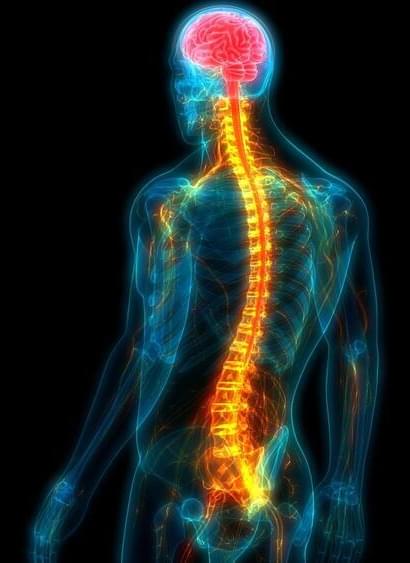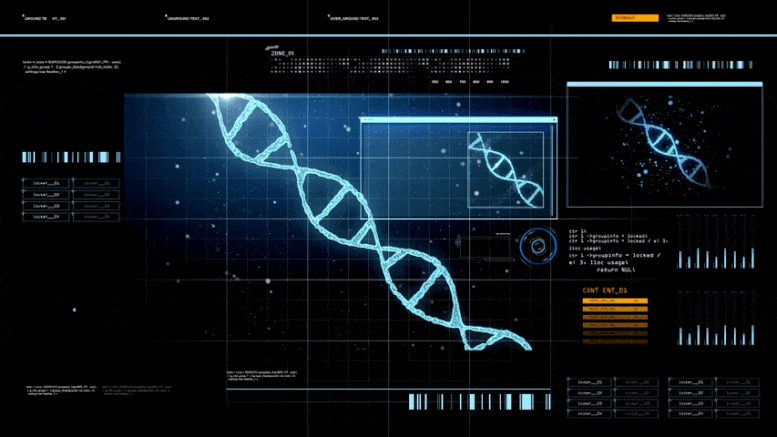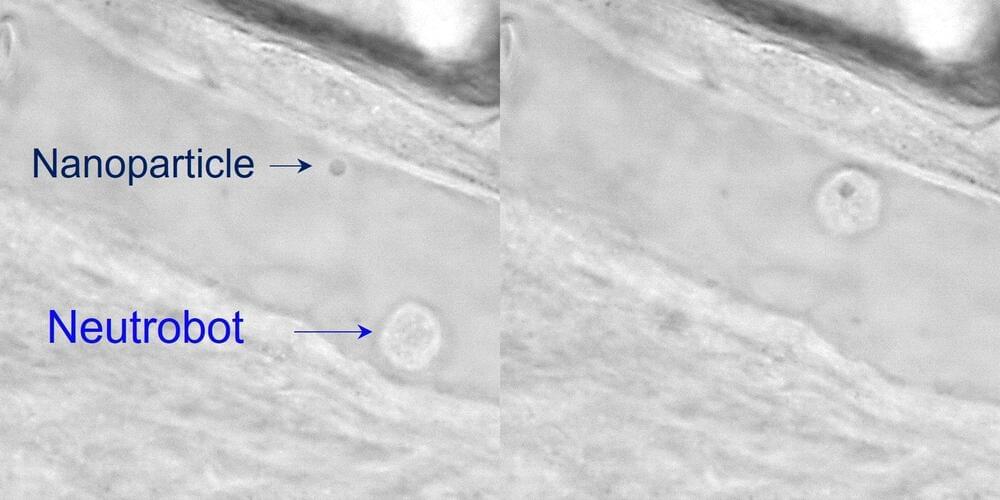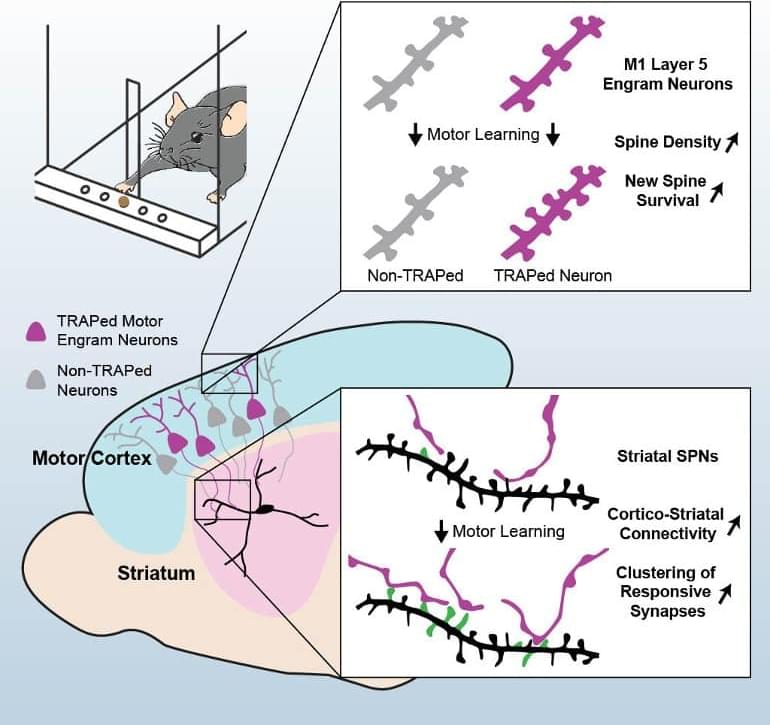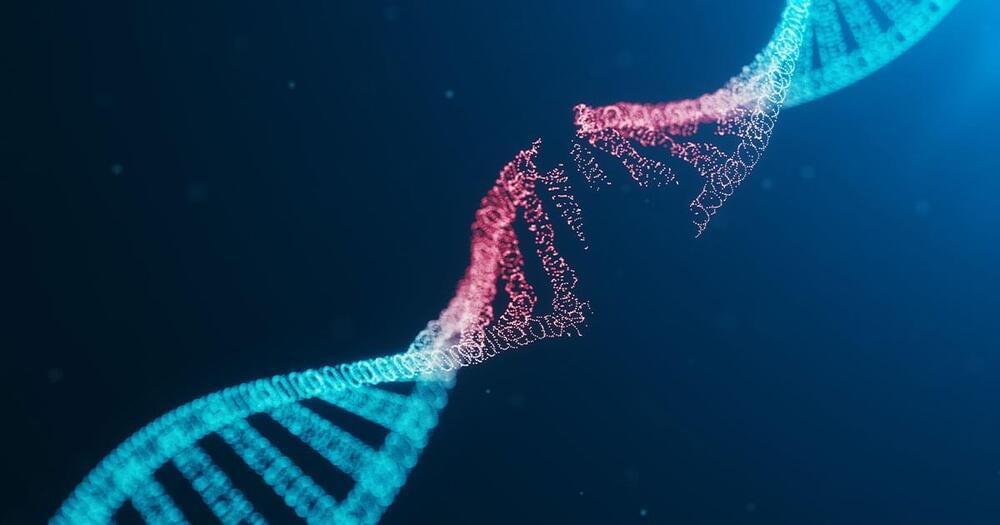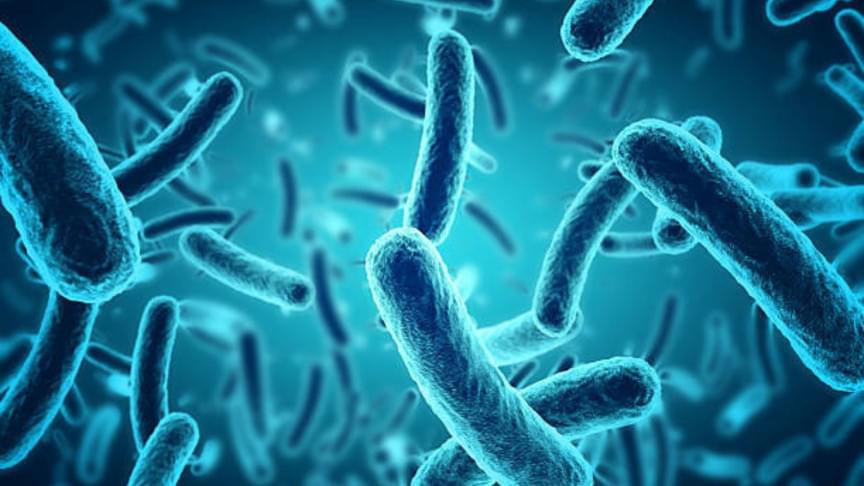We live in an increasingly connected world, a fact underscored by the swift spread of the coronavirus around the globe. Underlying this connectivity are complex networks—global air transportation, the internet, power grids, financial systems and ecological networks, to name just a few. The need to ensure the proper functioning of these systems also is increasing, but control is difficult.
Now a Northwestern University research team has discovered a ubiquitous property of a complex network and developed a novel computational method that is the first to systematically exploit that property to control the whole network using only local information. The method considers the computational time and information communication costs to produce the optimal choice.
The same connections that provide functionality in networks also can serve as conduits for the propagation of failures and instabilities. In such dynamic networks, gathering and processing all the information necessary to make a better decision can take too much time. The goal is to diagnose a problem and take action before it leads to a system-wide issue. This may mean having less information but being timely.

